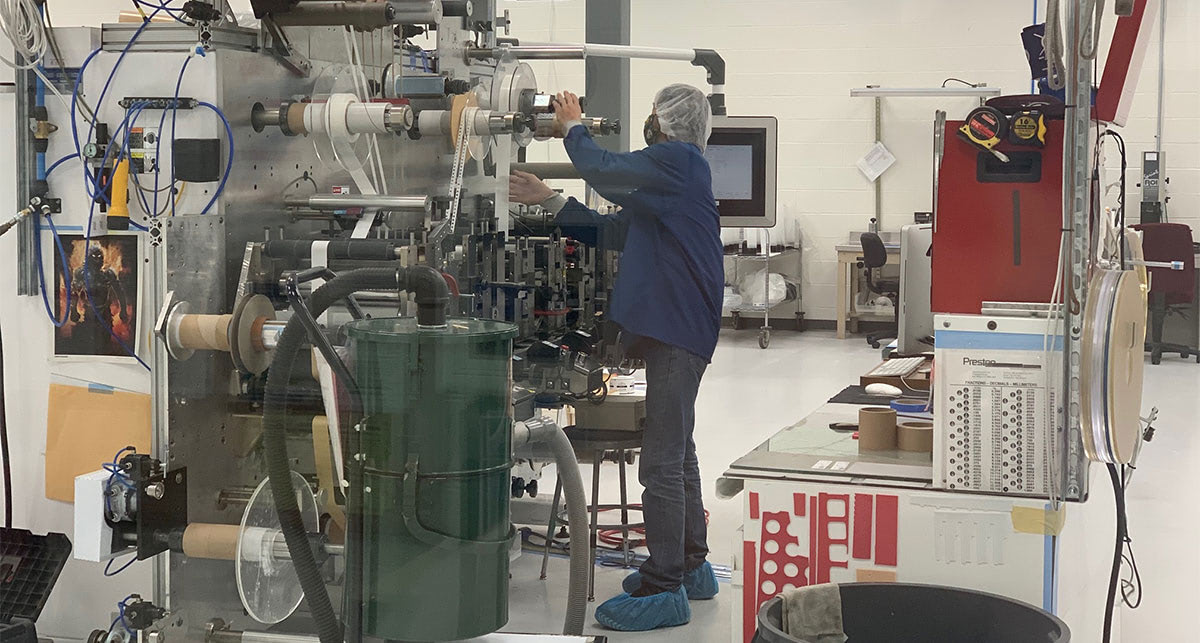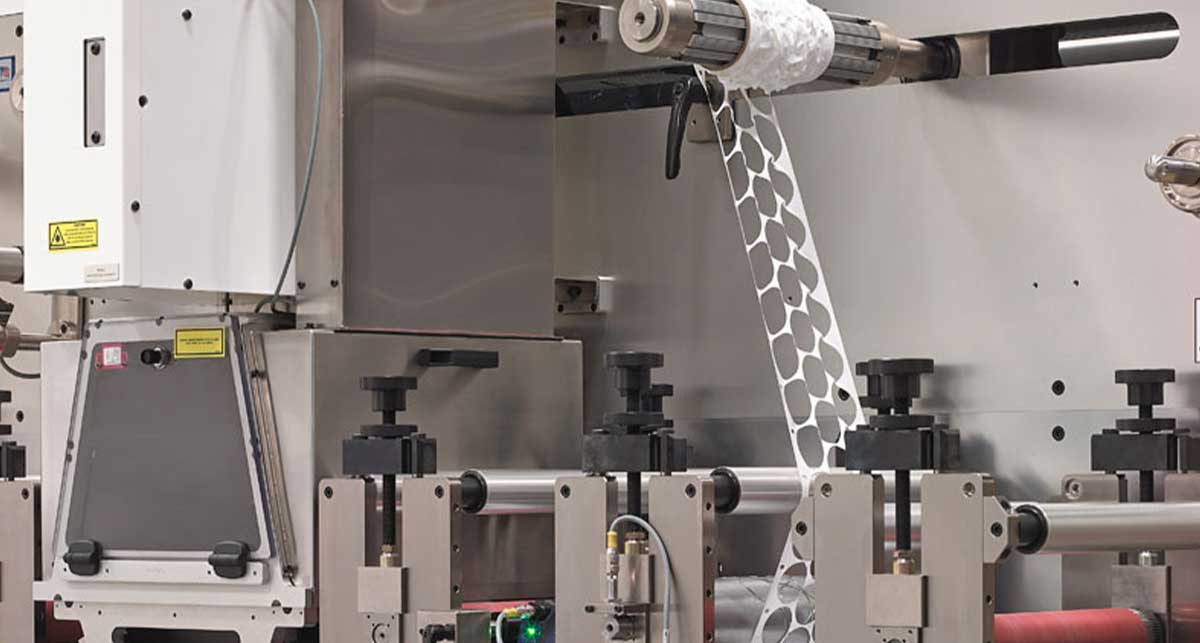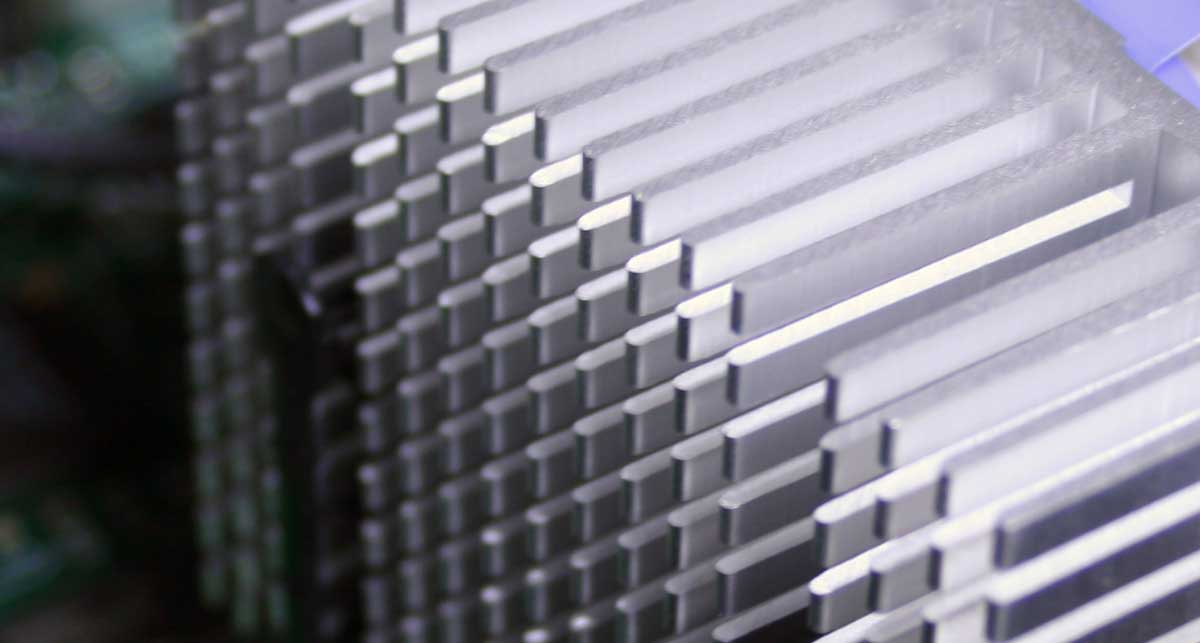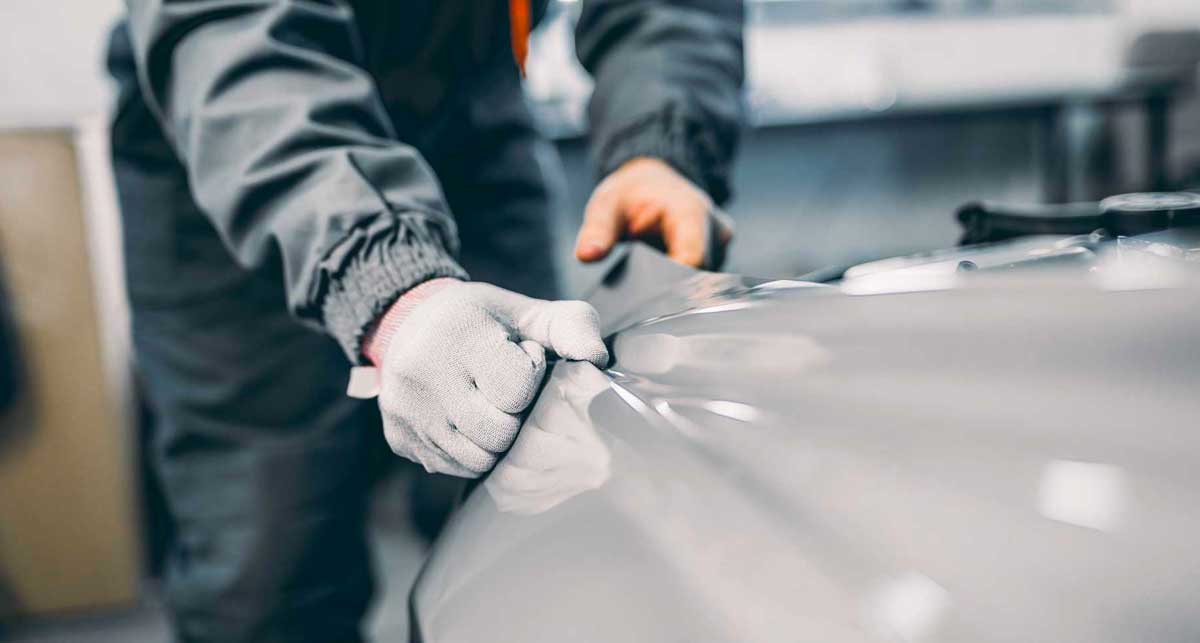Attaching one surface to another shouldn’t be difficult; yet, when the application is a medical diagnostic device, bonding becomes a lot more complicated.
Imagine a wearable monitor that attaches to the patient’s skin. You must choose a material for the adhesive system based on the wear time, the shape it must conform to, environmental conditions, and whether the adhesive needs to be medical-grade (hint: it usually does—more on this later). All of a sudden, something that seemed so simple is now much more complicated than you originally thought.
At Strouse, we’ve used hundreds of different medical adhesive tapes in design prototyping. For this reason, we recognize that material selection ultimately depends on which tape can meet your performance needs.
So, although choosing the right double-sided medical tape for skin can be a challenge, asking the right questions and doing early preparation will help you build the ideal solution. Read on to learn some of the key factors you should consider.
How is Double-Sided Medical Tape Used?
In addition to bonding wearable devices, double-sided medical adhesives can help accomplish the following:
- Covering a device
- Holding device components together
- Moving fluid
- Delivering an active ingredient through the skin
–and many other joining applications.
Key Factors When Choosing a Double-Sided Adhesive
Knowing the application is “medical” does not narrow down a specific tape. Medical applications have varied needs that you must evaluate to determine whether the tape meets the requirements of your solution.
Here are the key factors to consider:
- Adhesion: What does the tape need to stick to? What if there is sweat, hair, or blood?
- Easy to Tear: Unlike most cloth tapes, some medical tapes can be easily torn using only fingers.
- Removal: Does the adhesive cause discomfort when removing the tape from sensitive areas of the skin?
- Residue: Will the tape leave behind a sticky residue when removed? Is that OK in this application if the residue comes off after a few days of showering and activity?
- Waterproof: Will the tape remain in place when submerged or just splashed?
- Pores: Some breathable medical tapes feature a grid-like pattern of holes that allow body fluids to pass through, while also allowing air to reach the skin underneath.
- Flexibility: Does the tape need to conform and flex with body movements? Think about putting it in hard-to-reach places: between fingers and toes, the palm, inside the armpit, etc.
It can be challenging to determine how a material behaves until you have it on hand. Plus, it might perform differently once cut into shape and applied in the intended format.
Understanding material behavior and achieving consistent results is critical during medical product validation, so if you already have a design, consider custom prototyping:
How Will Double-Sided Medical Tape Support Your Application?
Double-sided medical tape can meet a wide variety of needs within complex designs.
1. SOLUTION VERSATILITY
Double-sided adhesives can form temporary or permanent bonds with various surfaces and substrates.
Most commonly used in the medical, healthcare, and electronics industries, double-sided medical tapes are ideal solutions for devices and applications that require direct skin adherence, such as wound care dressings and ostomy devices. Other applications include diagnostic devices, test strips, and the assembly of medical devices.
Medical tapes are also versatile in their range of colors (or clear), thicknesses, and available backings.
2. BONDING STRENGTH
Although we’re focusing on medical tape in this article, double-sided tape is also used in industries as demanding as automotive, where it replaces rivets and fasteners to bond panels together. That being said, skin tape adhesion levels are adjusted as needed for medical applications (short- or long-term wear).
For example, using a sensitive stick to skin tape on an elderly patient requires a much softer adhesive bond than a piece holding together the inner workings of a glucose monitor. The former might use silicone while the latter uses acrylic adhesive. Planning your adhesion level ensures that a person can gently remove tape from all skin types without irritation.
3. MANUFACTURING-FRIENDLY FOR CONVERTERS
The dimensional stability and construction of medical tape make it easy to convert to meet tight tolerances and create various die cut components.
Converters slit medical tape to custom widths and cut it into custom shapes. Whatever the assembly process (hand-applied or machine automation), finished components are available in the format that works best:
- Parts wound on a roll of liner
- Parts on sheets of liner
- Individual pieces with a liner on one or both sides
Converters with a robust list of capabilities (or full-service converters) take time to understand the adhesive tape’s function and your existing processes to determine what medical tape adhesive solutions work best.
In addition, full-service converters often have a controlled environment (clean manufacturing room or ISO 7-certified cleanroom) to convert medical tape and other sensitive products.
4. CLINICALLY TESTED
For a tape to be considered “medical tape,” it needs to be “medical grade,” meaning it has passed clinical tests to be FDA-compliant for direct skin contact.
Medical tapes are biocompatible, meaning they meet ISO 10993-1:2018 standards for biocompatibility. In short, this testing determines the fitness of a medical device for human use and examines if it creates any physiological effects. Before conducting biocompatibility testing, a manufacturer should thoroughly understand the device's materials, sterilization processes, and other relevant aspects.
And while you’re at it, consider selecting an ISO 13485-registered converter, such as Strouse (registered to manufacture pressure-sensitive adhesive products for medical devices).
Finding the Right Double-Sided Medical Tape
As we mentioned before, the tape you choose will ultimately depend on your specific application. However, if you’ve done your research and defined your material requirements, there are multiple options available.
- If you are sourcing for personal use, it is better to order small quantities from an online distributor.
- For bulk orders of standard material logs that you wish to process yourself, consider visiting a flexible material supplier.
- For custom orders, such as slit logs and custom-made products, ask a converter.
At Strouse, we outsource materials from suppliers to build complex parts used in medical devices and other healthcare applications. Our team assists with material sourcing and prototyping to ensure that your product is cost-effective and designed for efficient manufacturing.
Contact us to receive a rapid-prototype sample part that will help you determine which materials best suit your application. Strouse’s team approaches each medical solution as its own unique product and builds thorough verification processes to match your quality needs.
Don’t hesitate to contact us with any additional questions!
Originally published: October 12, 2021
.jpeg?width=290&name=0%20(1).jpeg)






